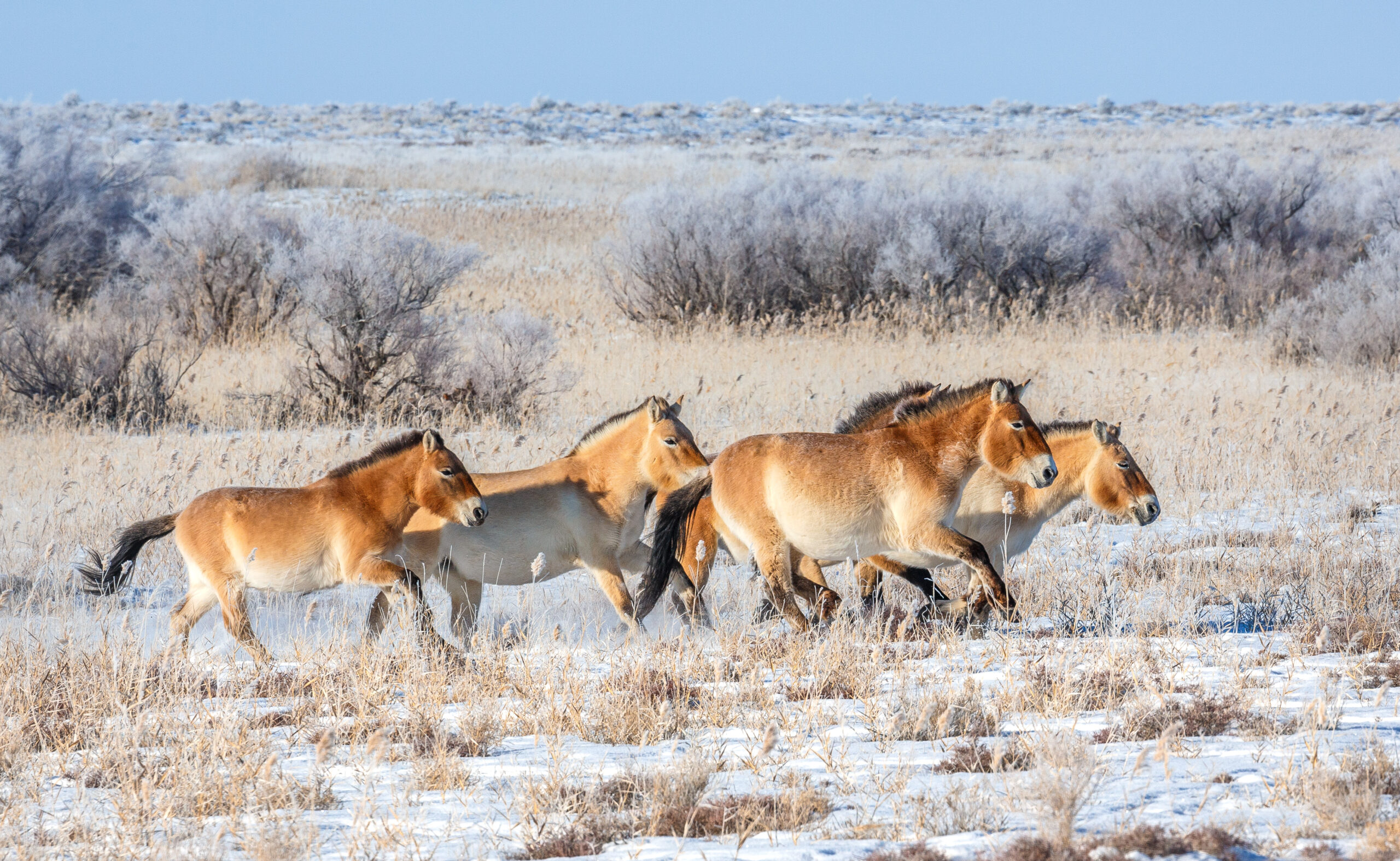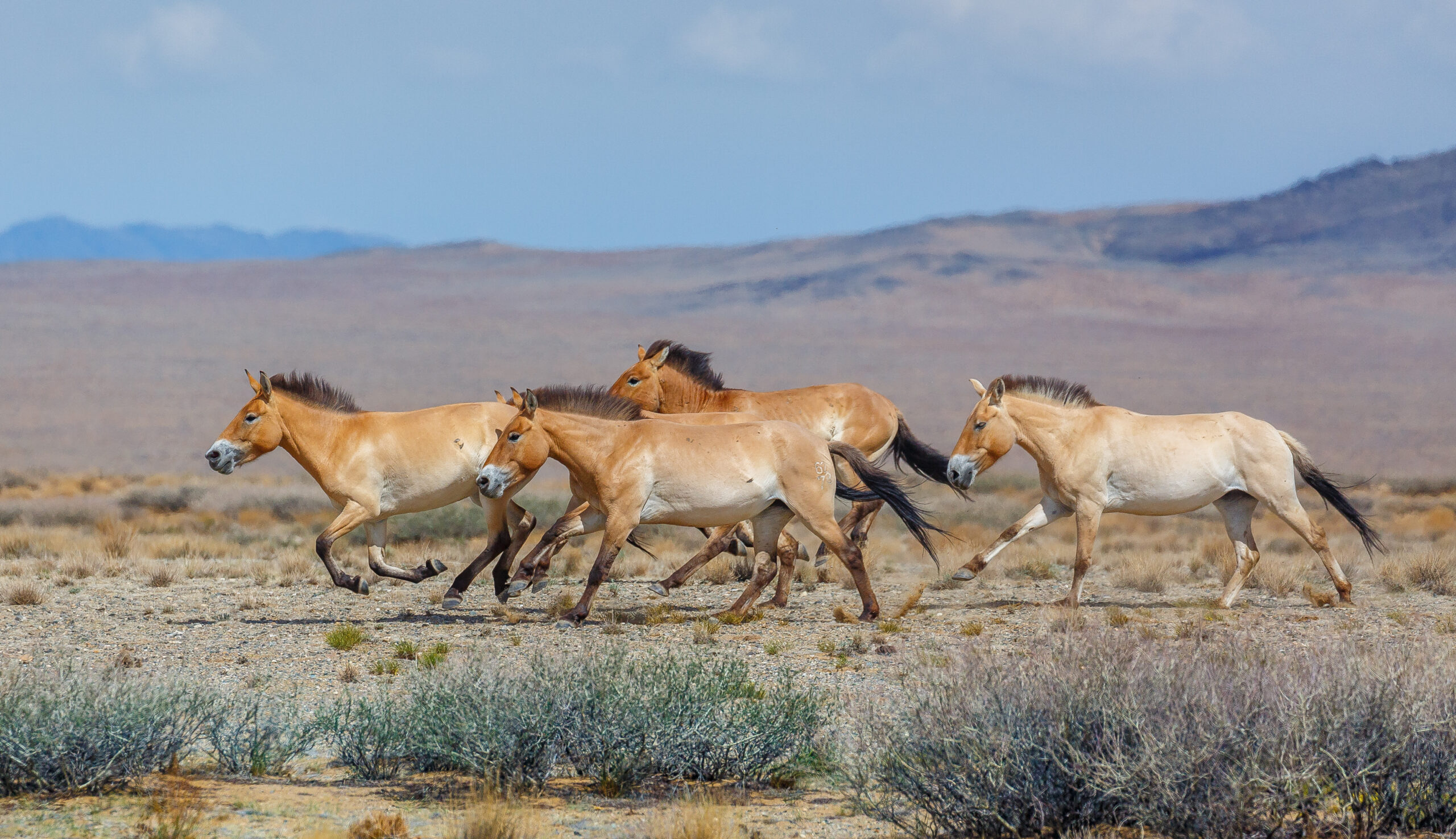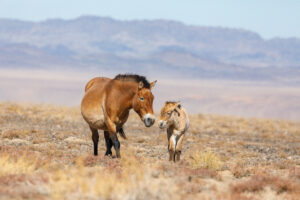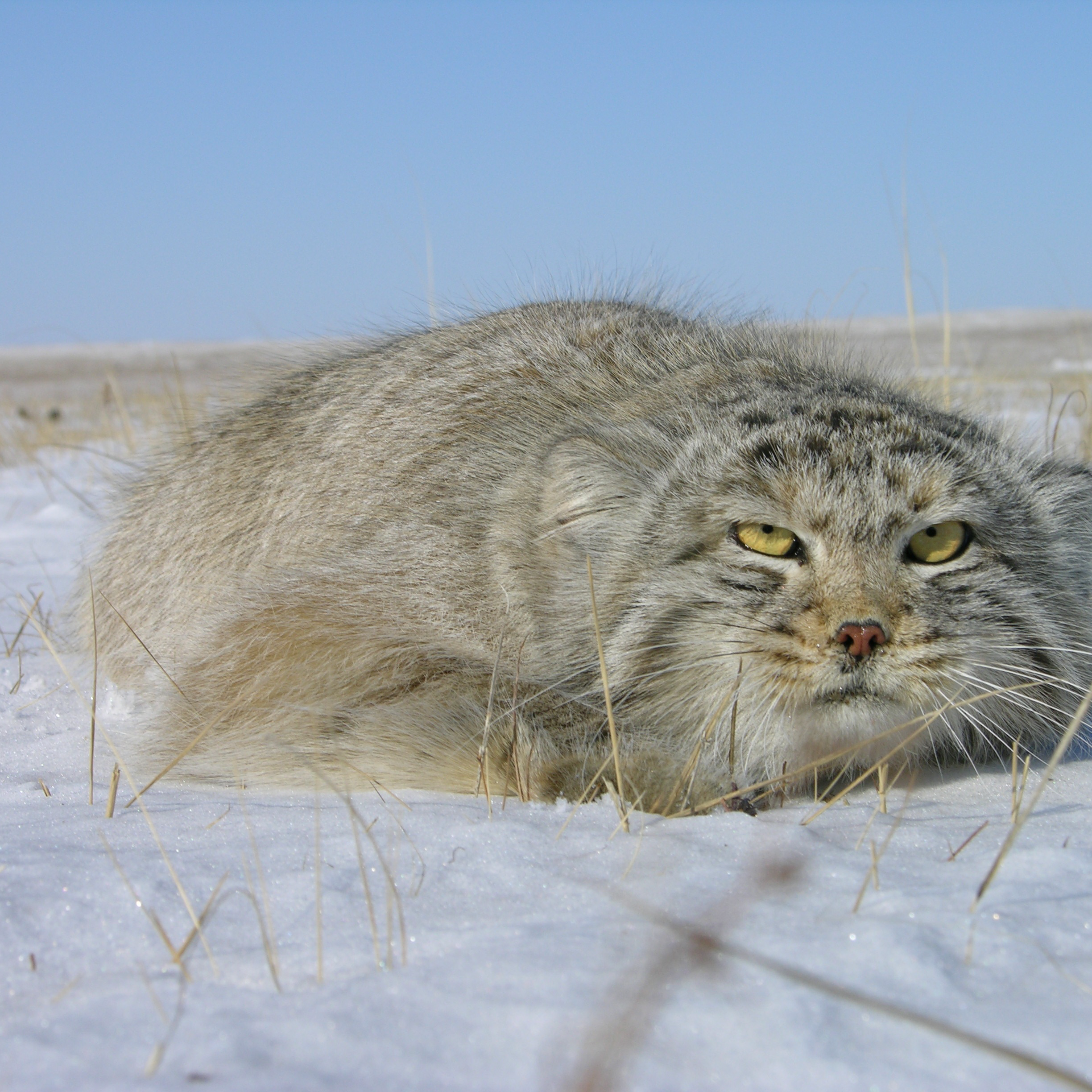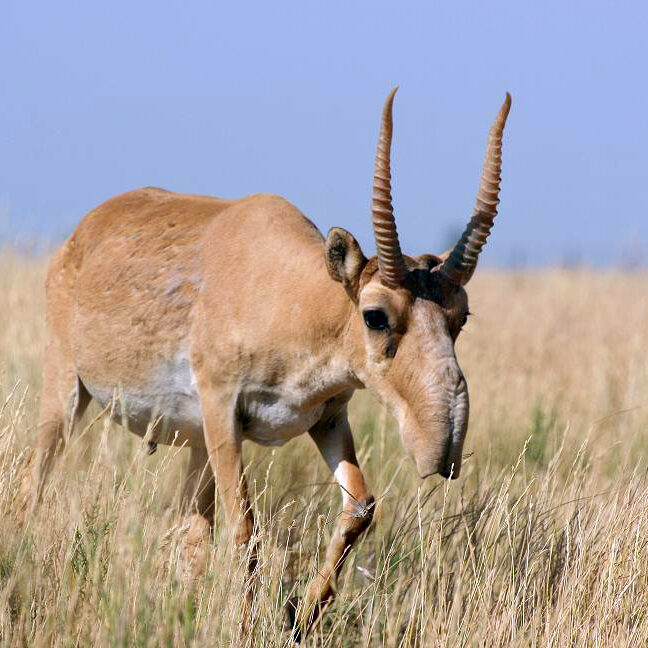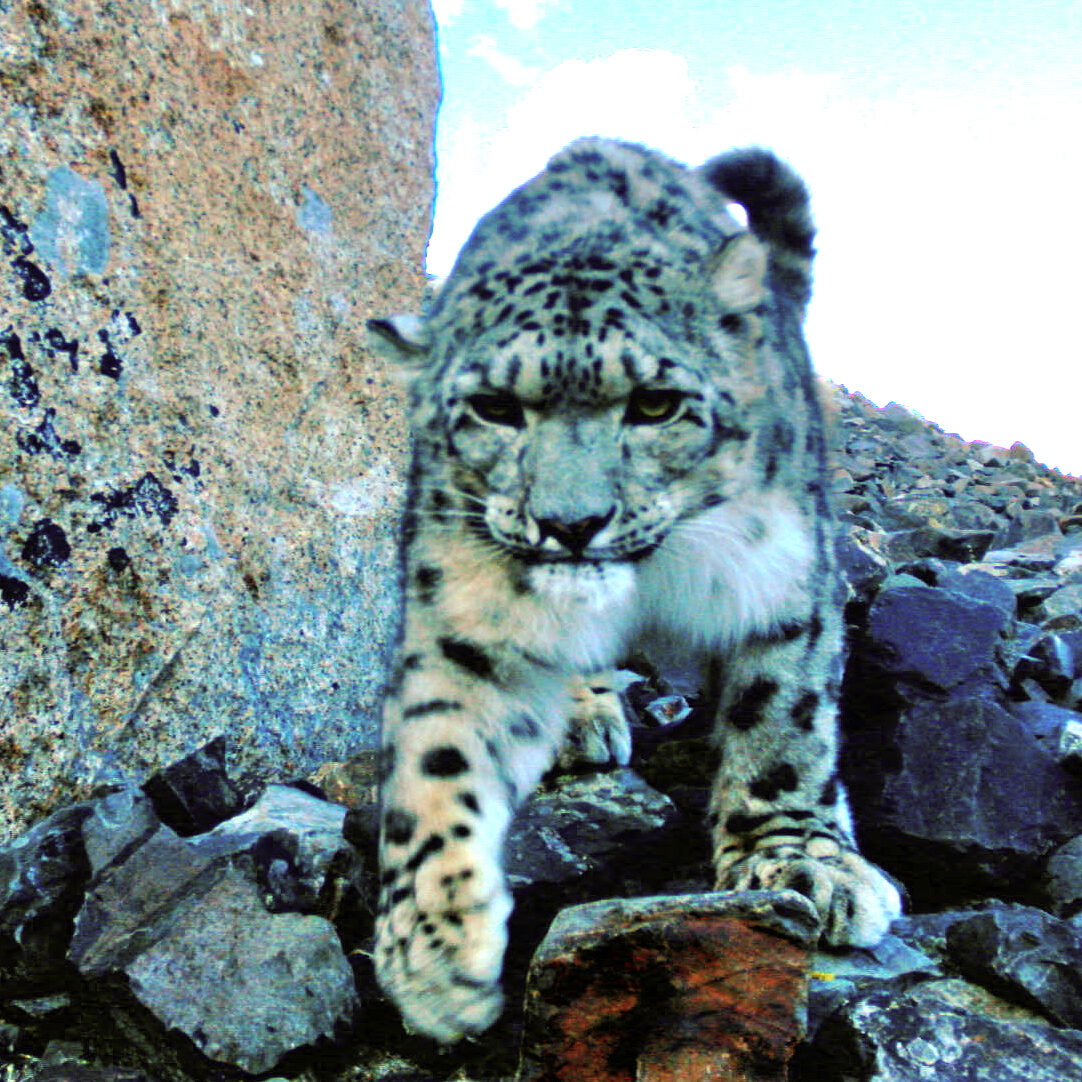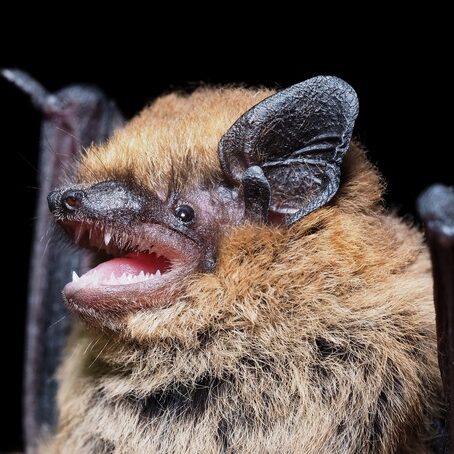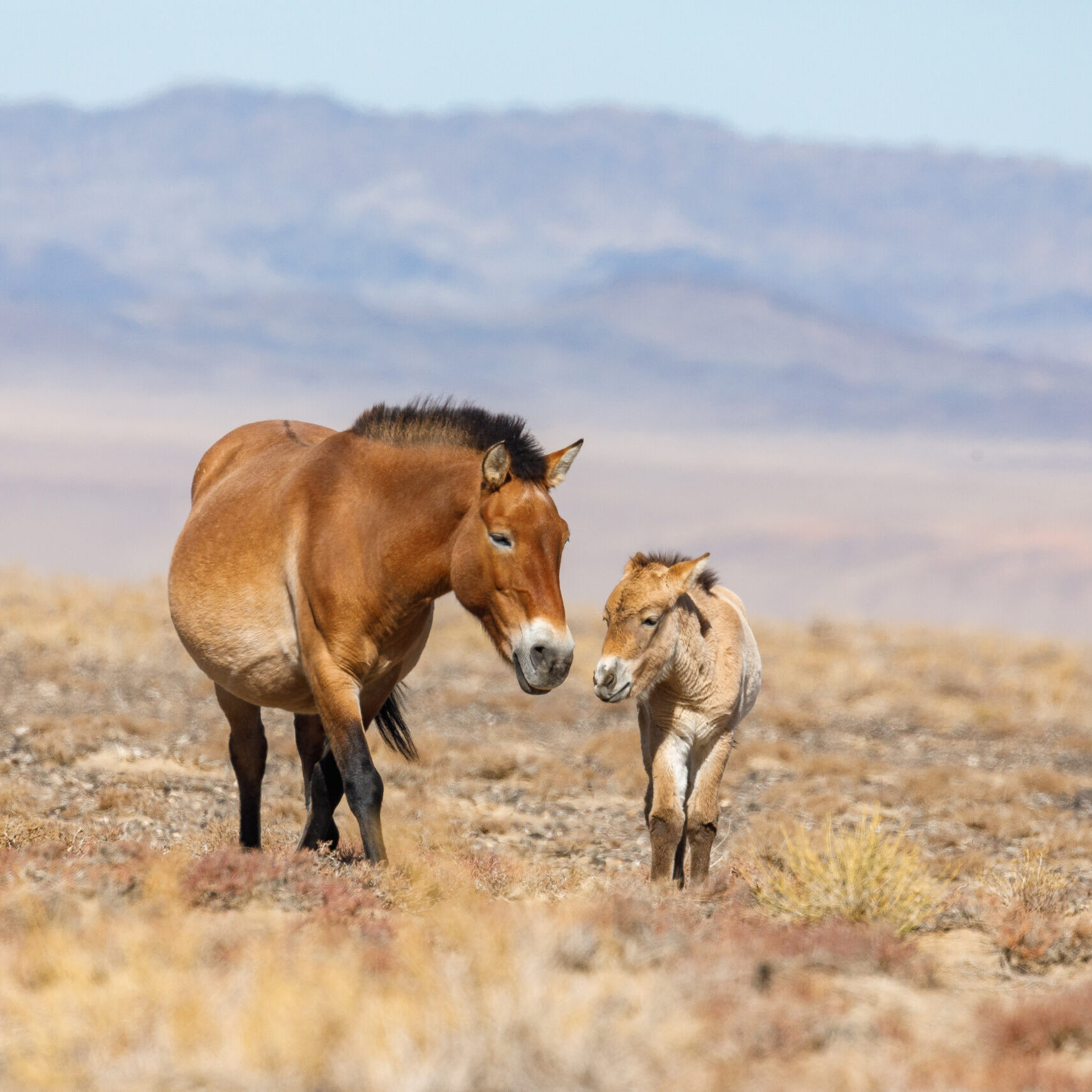Przewalski's Horse
Przewalski’s horse (Equus ferus przewalskii or Equus przewalski) is considered the last wild horse species, one that freely roamed the Central Asian steppes for tens of thousands of years. Although their evolution is only partly understood, wild horses are thought to have appeared at least 38,000 years ago, possibly much earlier. These roamed particularly widely in Mongolia, where they are called takhi, meaning “spirit” or “worthy of worship.” By the 1960s, however, populations were driven to extinction in the wild, the victims of human disturbance, habitat competition from livestock, and climate-driven pressures with only scattered individuals remaining in captivity.
Today, Przewalski’s horse offers a remarkable story of early recovery. Thanks to carefully managed captive breeding programs and reintroductions in their native habitats in Mongolia and China, this wild horse is starting a new chapter in its long and complex history. A multi-lateral project to reintroduce the horses in Kazakhstan will take place in summer 2024, with the release of carefully selected horses to Kazakh steppes from zoos and protected areas in Europe. Recent genetic studies indicate that today’s Przewalskis are likely feral descendants of Botai horses in Kazakhstan.
Przewalski’s horse owes its survival to the careful breeding efforts of zoos worldwide and cooperative programs to return the horses to their native habitats. In the early 1960s, a Dutch conservation group organized a captive breeding program. After three decades of work, the group sent a small group of horses to Mongolia’s newly established Hustain Nuruu National Reserve. Partnering with Mongolian experts, they sought compromises with nomadic pastoralists, who for generations had been grazing their sheep on land that was suddenly set aside for the reserve, and helped the animals to acclimate to their steppe vegetation diet, water shortages, and harsh winters.
